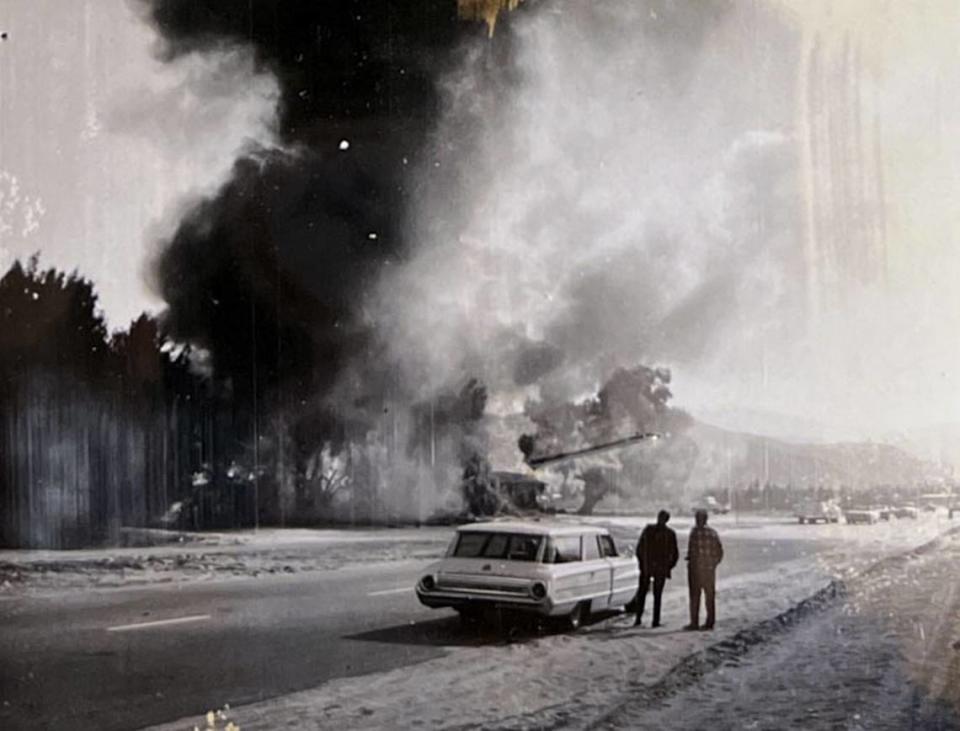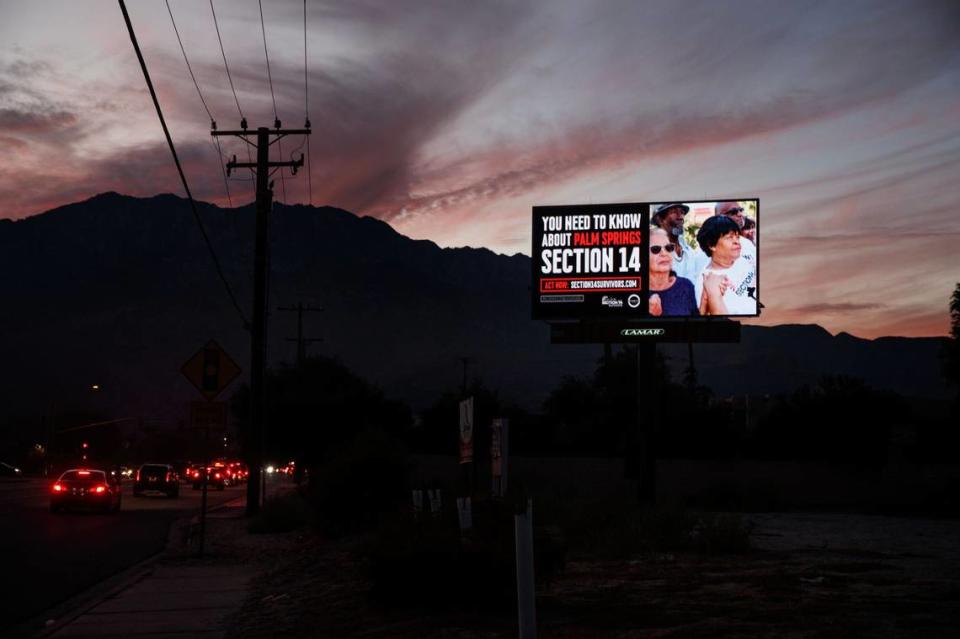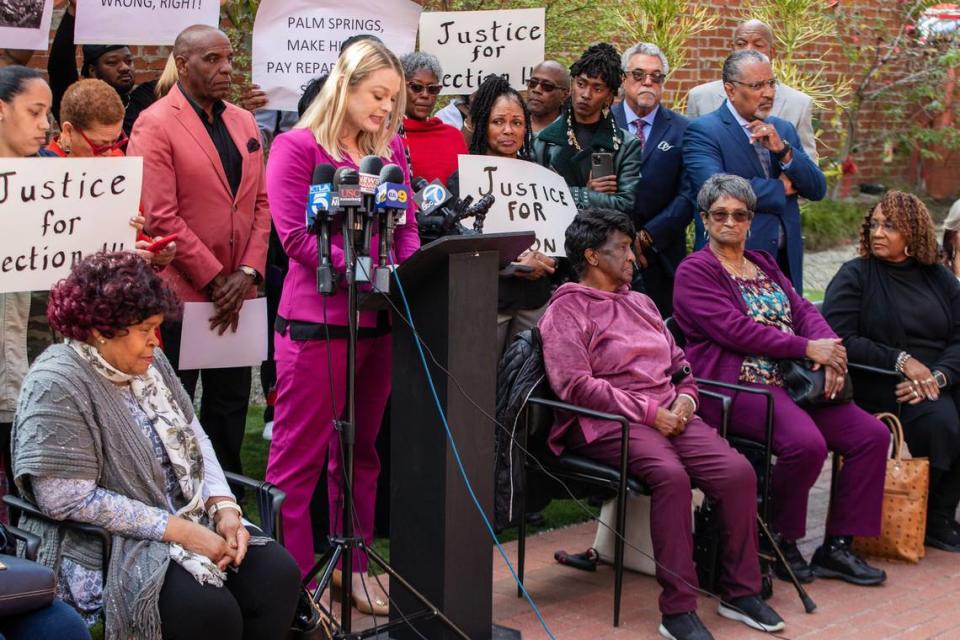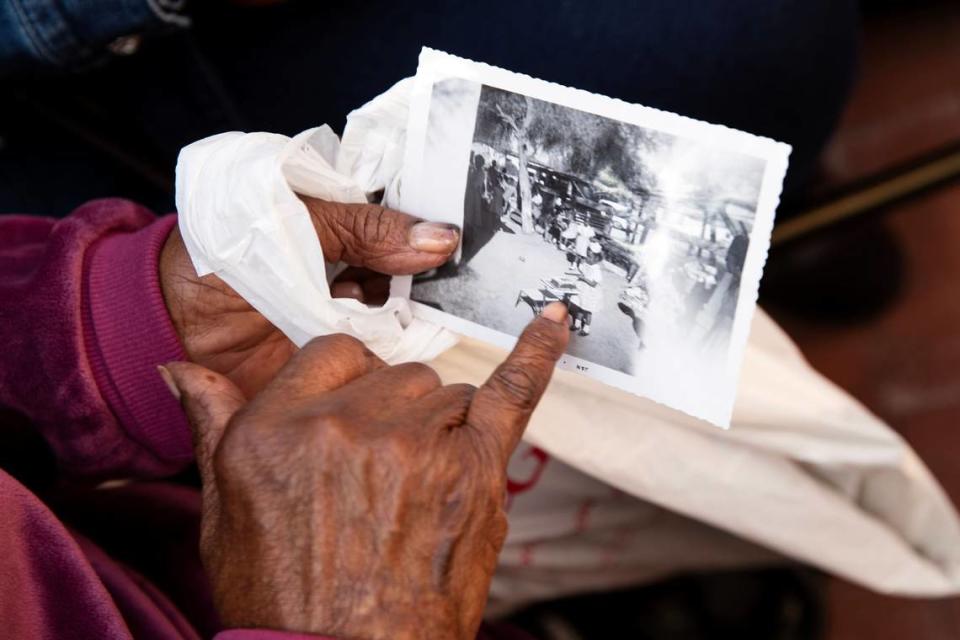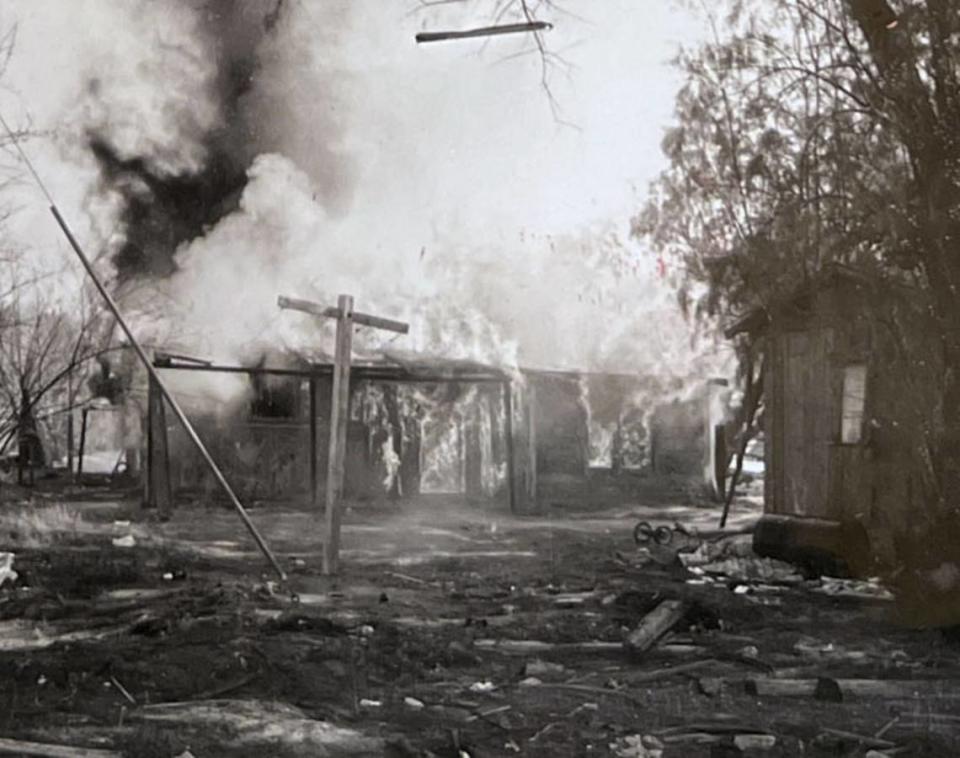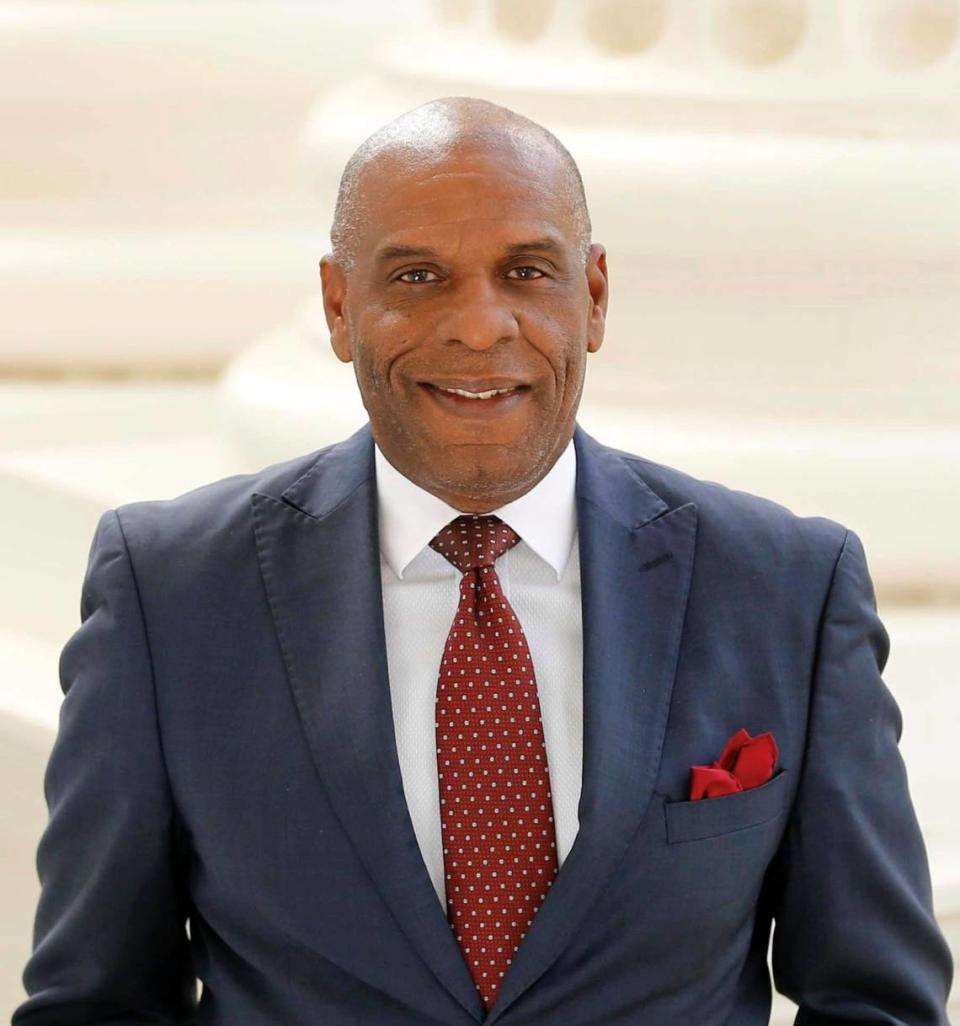Will Palm Springs address historic injustice that wronged Black and Latino residents? | Opinion
Imagine one day going to work or school and coming home to see your home ablaze or bulldozed to the ground. In the 1950s and ’60s, the residents of Section 14 in Palm Springs — predominantly African American and Latino families — faced such a grave injustice that more Californians are learning about now, decades after the fact.
Section 14 was a neighborhood just east of downtown Palm Springs. In the post-war boom, it prime real estate for development. Despite being home to dozens of families, the city of Palm Springs razed and even burned these homes and communities, disregarding the rights and livelihoods of residents.
For the survivors of Section 14, these wounds are part of their generational trauma. These families have carried the weight of a painful past for decades, marked by forced displacements and the loss of their homes and communities. These homes were not just properties, but lifelines for the future.
Recently, the city of Palm Springs issued an apology through a unanimously adopted resolution by the city council.
“We do hereby apologize for the city government’s role in the destruction of Section 14, and affirm that the lessons learned from the city’s actions will forever be remembered,” the apology states. “We further commit to advance racial and social equity, diversity, inclusion and fairness and to work to address and undo systemic racism and its continuing impacts.”
Apologies alone are not enough. It’s time to focus on this commitment and turn it into action. The survivors of Section 14, many of whom still bear the scars of this injustice, deserve more. They deserve financial restitution from Palm Springs and a commitment to ensure this never happens again.
An apology alone does not address tangible losses suffered by these families. They lost their homes, belongings and sense of security and community. In addition to emotional damages, they suffered economic losses that an apology alone cannot rectify.
As we collectively learn more about our region’s past, it is important to note that this wasn’t just a random act. It was part of a larger pattern of systemic racism and discrimination that has disproportionately affected Black and Latino communities in Southern California.
Just last year, my office, along with L.A. County Supervisors Janice Hahn and Holly Mitchell and a coalition of advocates, fought to correct a similar century-old injustice where a Black-owned beach resort called Bruce’s Beach was stolen by the city of Manhattan Beach through a racially motivated use of eminent domain. Thanks to our efforts, 100 years later, the land upon which Bruce’s Beach once sat was returned to the original owners’ descendants.
Likewise, in Palm Springs Section 14, the city led a series of destructive actions, and now it’s time for restitution. The area of Palm Springs that these residents were displaced from has since become some of the more desirable and expensive real estate in the desert. Property values have soared — so much so that even if the original, now elderly residents or their descendants wanted to return, they would be priced out.
Recently, negotiations between the advocacy group representing Section 14 survivors and the city of Palm Springs hit an impasse. I implore local representatives to redouble their efforts and move toward restitution. It’s not just about giving back what was lost. It’s about allowing these families to reclaim their place in a community from which they were unjustly removed. It’s about showing Palm Springs is a city that takes responsibility for its actions and works toward healing and reconciliation.
Sen. Steven Bradford is vice chair of the California Legislative Black Caucus. He represents Southern Los Angeles County.
